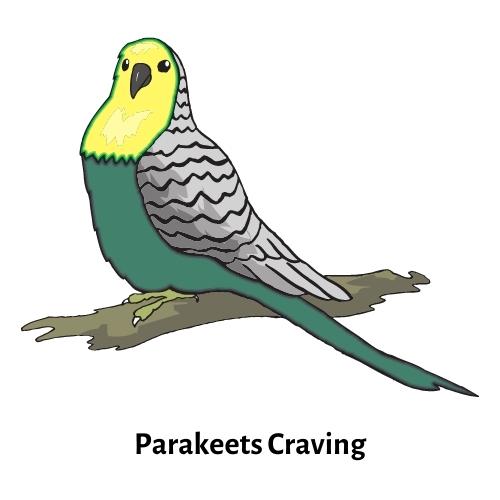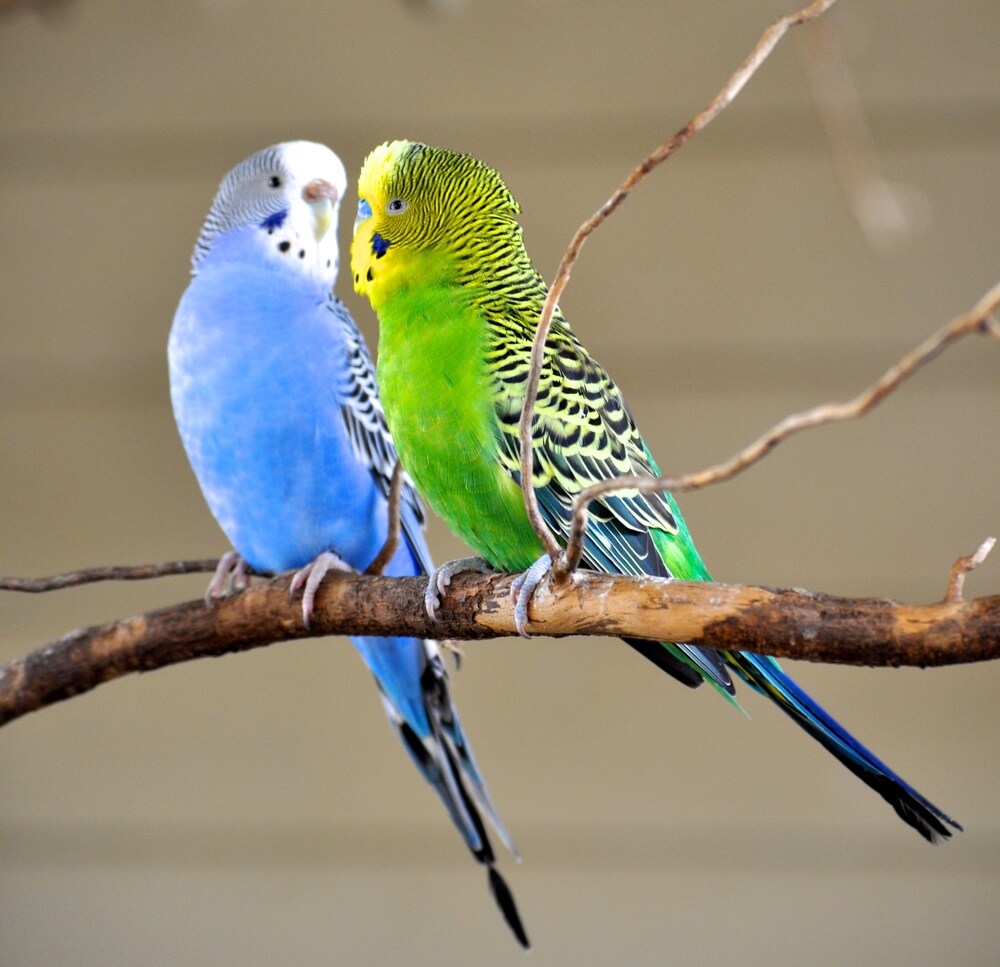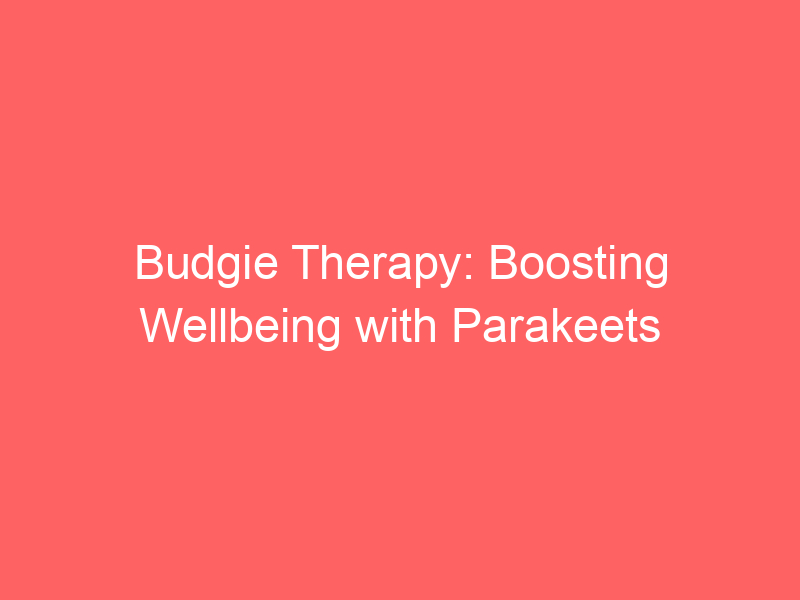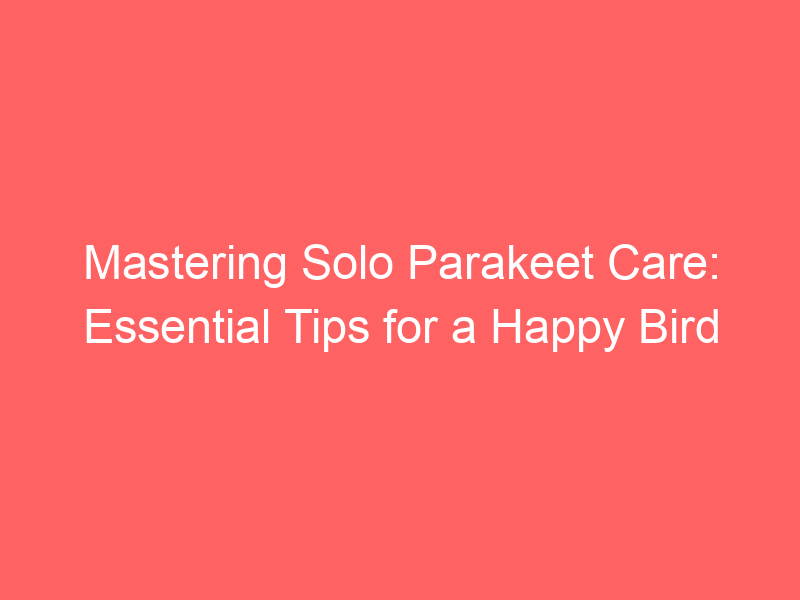Parakeets are highly social birds that need a lot of interaction with others of their kind.
Parrots in general can be very sensitive and will develop genuine behavioral problems if they are not provided with enough stimulation and care.
Even though it may seem like they’re demanding and difficult to deal with, caring for them is indeed rewarding when you see them happy and well-loved.
Keeping parakeets in a home takes a lot of patience, but also a lot of knowledge about avian care. These birds require proper care from the time they hatch from their eggs until they reach sexual maturity at around two years old.
Keep reading to learn more about how to take care of your parakeet at home and maintain its health as much as possible.
What should I do when I first bring my parakeet home?
When you first bring your parakeet home, it is a bit difficult to get it to trust you.
The safest thing to do is to be cautious and slowly introduce the bird to new people and places in a gradual manner.
It should take around a month for them to become more comfortable with you.
Your parakeet will need plenty of space for its wings, which range from about 3-4 feet wide.
They also have a lot of energy, so make sure they have enough toys and perches around their cage or area.
You’ll also want to provide plenty of food and water, as well as clean living spaces like the cage itself.
Parakeets require a fair amount of social interaction with one another; they’re very sociable birds that love company! They are best suited in groups of 3-5 birds because they can bond quickly and become extremely affectionate towards each other.
Make sure that when you introduce them into their new home, not only are there plenty of toys available but that there is ample space for them all to interact with one another freely.
Should Parakeets Be Kept in Cages?
When deciding on whether to keep your parakeet in a cage, it’s important to understand the benefits of having a cage.
A cage provides birds with security and blocks out any outside noise, which is particularly important for birds like parrots that may not be able to hear well.
Additionally, if your bird is kept in a cage, you can prevent them from flying away and potentially causing harm.
However, cages are not always the right choice for all types of parrots.
In particular, macaws need freedom and space to fly.
Macaws often get stressed when they’re confined to a small location and they need space to fly without hitting their heads against anything as they figure out how to navigate around an enclosure.
If you’re considering keeping your macaw in a small cage, make sure you have plenty of room for horizontal play as well as things like perches and toys so that your macaw has adequate stimulation throughout the day.
Do Baby Parakeets Need a Heat Lamp?
Parakeets need to have a heat lamp, but they don’t need to be kept in one all the time. This can be dangerous as it can cause them to become overheated or dehydrated.
The best practice is to provide a heat lamp when they are in their cage during the day and turn it off at night.
One option for an appropriate heat lamp is a ceramic heat emitter that has low light and red infrared light, which is more appropriate than the blue light of traditional heat lamps.
It’s also important that they have enough room to fly around and spread their wings without bumping into anything or getting stuck on something.
What Is the Best Age To Train a Parakeet?
The best age to begin training your baby parakeet is around two weeks old.
This age is when these birds are starting to develop their coloration and feathers, which makes them more attractive.
They will also start eating and drinking on their own at this time.
The first few days of the infant parakeet’s life are crucial for bonding with it, so you should not be surprised if it doesn’t bond with you for a few days or weeks.
Once your bird is about three weeks old, you can start introducing it to things like objects and toys that it can play with.
When the bird turns four months old, it will be ready for its first flight and will need some space to roam in its cage or aviary.
Conclusion
Now that you know more about how to tell if your gerbils are fighting or not, as well as the best age to train a parakeet, you can provide your feathered friend with the best care possible.
Remember, these tips are only meant to be a guide – if you have any further questions, make sure to consult with a professional.














